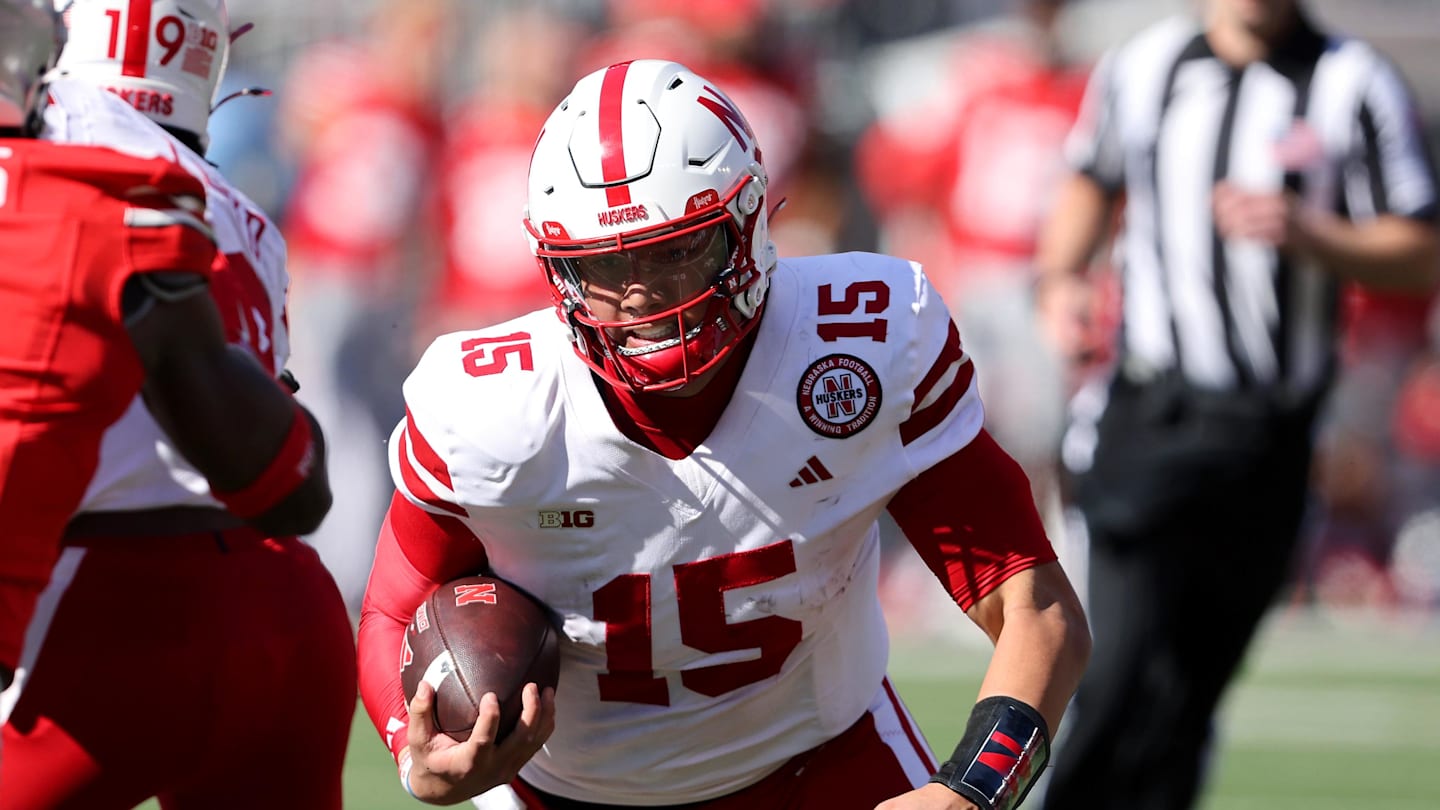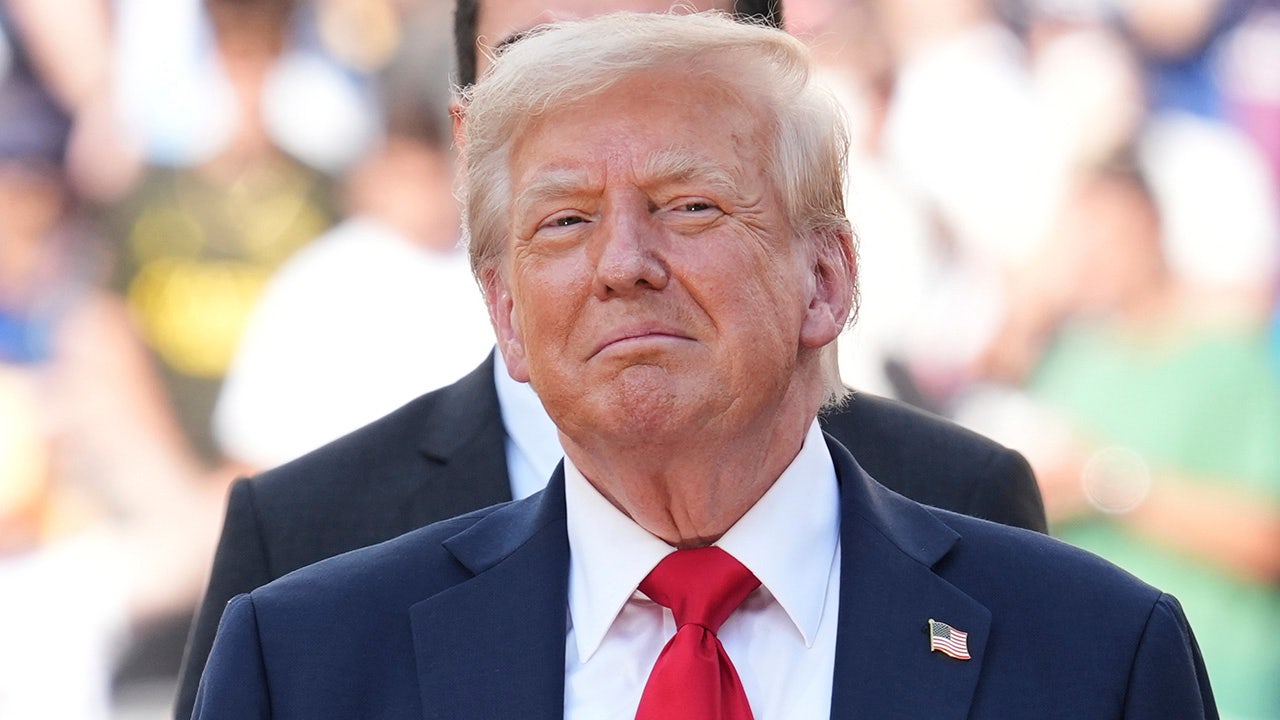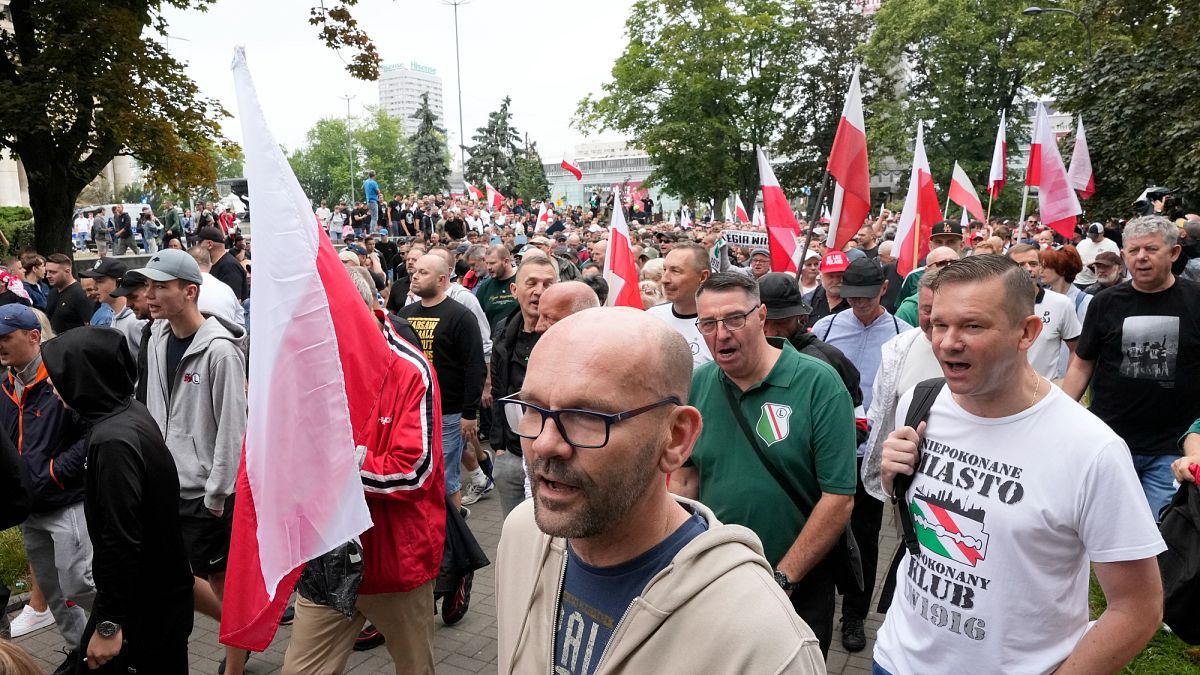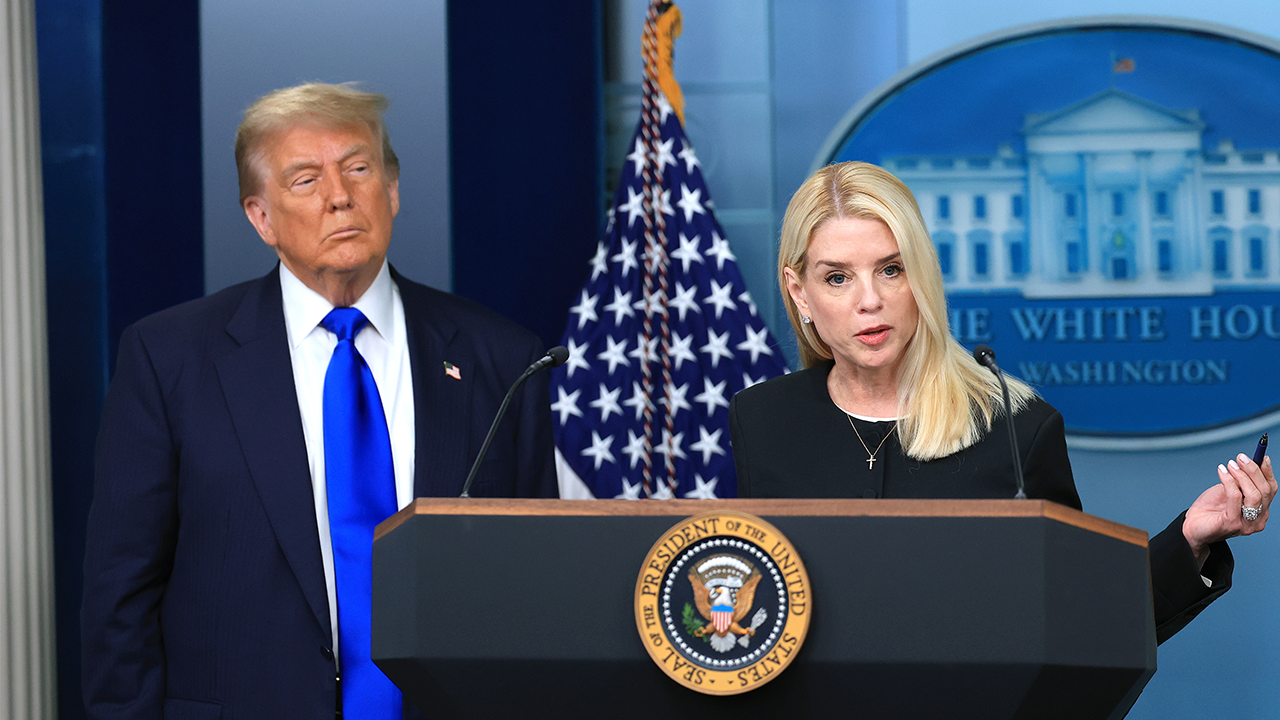Culture
Why Marcella Hazan Is Still Teaching Us How to Cook Italian

In the 1980s, an assistant at Glamour took her romantic life to the next level with the aid of two lemons and a chicken. At the suggestion of one of the magazine’s editors, who was more or less following a recipe she’d found in an Italian cookbook, the assistant poked the lemons full of holes, stuffed them into the bird and loaded it into a hot oven. She ate the chicken with her boyfriend. Not long after, he proposed. Intrigued, other assistants tried the lemon-and-chicken trick on their own boyfriends. And lo, it came to pass that the halls of Condé Nast were soon glittering with the sparkle of new diamond rings.
The author of the cookbook was Marcella Hazan. If she had never done anything else in her life, Ms. Hazan would still have a guaranteed place in history as the progenitor of Engagement Chicken, a phenomenon so durable it has probably outlasted some of the marriages it was said to inspire.
Of course, Ms. Hazan did much more than that. She changed, thoroughly and irreversibly, the way Italian food is cooked, eaten and talked about in the United States. Although it has been 12 years since Ms. Hazan died, at age 89, and more than 30 since she put out a cookbook, nobody has yet overtaken her as the source Americans consult when they want to know how Italians get dinner on the table.
The new documentary “Marcella,” which opens at the Quad Cinema in Manhattan and begins streaming on May 9, ticks through a few of the things we can thank her for: Balsamic vinegar. Sun-dried tomatoes. The idea that there is no single “Italian cuisine” but many local ones, each with its own constellation of flavors.
I saw the movie in April at a screening at the Smithsonian Institution’s National Museum of American History. For the occasion, the curators unwrapped 19 cooking tools the museum acquired from Ms. Hazan’s kitchen last year. On display outside the theater were her square-cornered lasagna pan, her vintage garganelli comb adapted from a weaver’s loom, a linen apron printed with grapevines in dye made from vinegar and rust, and her wooden risotto spoon, which flares at the bottom like a rowing scull. (“You must never stop stirring,” she once wrote.)
Some of these items, along with the lined notebooks filled with recipes she wrote by hand in Italian that the museum also collected, are familiar from the photos, illustrations and endpapers of her cookbooks. One item not on view was her copper zabaglione pot, which the conservation department is getting ready to unveil next spring in an exhibition of 250 objects marking the 250th anniversary of the United States.
The Hazan trove isn’t as immense as that of Julia Child, whose kitchen has been rebuilt on the museum’s ground floor in all its cluttered glory, down to the paper-towel holder and plastic flip-top trash can. Looking at it, you can see how Ms. Child worked. Ms. Hazan’s artifacts show us something different. They are the products of her long campaign to bring the flavors of Italy to the country she adopted in 1955.
For many of the people who appear in “Marcella,” Ms. Hazan is more than a historical figure. She’s still with them.
“It sounds loopy, but Marcella’s voice is in my head as I’m cooking,” says Steven Sando, the bean merchant whose company, Rancho Gordo, sells a thin-skinned cannellini named in her honor. “And every time, she’s right.”
It doesn’t sound loopy to me. That voice — brusque, solidly accented, cured in cigarette smoke, marinated in Jack Daniels — comes to me all the time. Seeing cold pasta at a deli, I’ll hear her saying, “If I had invented pasta salads I would hide.”
When I can’t hear her, I freeze. I’ve stood for long minutes staring at boxed pasta in the supermarket trying desperately to remember which shape Ms. Hazan insists has to be used when you’re making Sicilian sardine sauce (bucatini or perciatelli). Fairly often, when the internet is drowning in a tidal wave of “Italian sushi” or some other mutant creation, I fantasize about hiring a medium to summon her spirit.
She delivered her dictums less as personal opinions than as natural laws. “The most useful thing one can know about basil is that the less it cooks, the better it is,” she wrote, as if this were a fact as ironclad as the tendency of water to flow downhill.
Although she claimed that she had never boiled water outside a laboratory before moving to New York to join her husband, Victor, she often sounded as if she learned to trim artichokes around the time of the Renaissance in a cooking academy taught by God.
Her overwhelming conviction that hers was the right way was daunting enough to the students of the cooking classes she began teaching in her Manhattan apartment in 1969. When she trained that confidence on the entire population of the United States, which included a fair number of Italians, the result was a small revolution.
Americans already thought they were in love with Italian food in 1973 when Ms. Hazan’s first book, “The Classic Italian Cookbook,” came out. What they were in love with was, in fact, the product of a mass migration of Italians who, more often than not, came from Campania, Sicily and other Southern regions. Many were fleeing the desperate rural poverty of tenant farms run under almost feudal conditions. Others were tradespeople with no formal education. Their marinaras, meatballs and lasagnas had evolved in their new country, but the roots were southern.
This world was not the Hazans’. Both Victor and Marcella were well-off northerners, from Romagna. Victor’s mother and father were Sephardic Jews who owned fur stores. When they left Italy, they were escaping, not poverty, but fascist antisemitism. Marcella’s parents were landowners whose tenant farmers paid a share of their earnings and brought them traditional tributes of chickens and rabbits when major holidays came around. Marcella was sent to universities in Padua and Ferrara, where she earned two doctorates in natural sciences.
Most of the recipes in “The Classic Italian Cookbook” were Northern Italian, too: roast lamb with juniper berries from Lombardy, Bolognese ragù with milk and nutmeg; minestrone in the style of Emilia-Romagna. She jotted them down in Italian, the only language she spoke when she moved to New York. Victor, her uncredited ghost writer, translated theminto English along with introductions stating his wife’s rigorous views on seasonality and simplicity. The style the couple hit on was stately, controlled, literary, erudite. It made allusions to Picasso and Aristotle. Above all, it was suffused with a belief that Italian cuisine was one of civilization’s great achievements.
“Nothing significant exists under Italy’s sun that is not touched by art,” that first book proclaims. “Its food is twice blessed because it is the product of two arts, the art of cooking and the art of eating.”
This was not the kind of message Americans were accustomed to hearing when they sat down to eat spaghetti by the flame of a candle stuck in a Chianti bottle while Dean Martin compared the moon in your eye to a big pizza pie. But by 1973, Italy’s image abroad had changed. It was now a beacon of style and the arts, the land of Fellini and Antonioni, Pucci and Valentino, Ferrari and Alfa Romeo. So when the Hazans came along selling the idea that Italy had also figured out a few things about good food that added up to a collective body of knowledge — in other words, culture — readers were ready to pay attention.
After her first cookbook, Ms. Hazan began collecting recipes around Italy, and she gave the food of the south its due. But she never warmed up to Italian American food, sniffing at its limp pasta, overcooked tomato sauces and heavy hand with garlic. Readers who were devoted to chicken scarpariello would come to see it and dishes like it as weird, bastardized aberrations. That is one of her legacies, too, for better or worse. When Carbone charges $94 for veal parm, some people seem to think it’s a scam. When Nello, a Northern Italian restaurant on the Upper East Side, charges $89 for veal Milanese, they just say it’s expensive.
It’s hard to imagine a recipe writer today changing the way a whole country thinks as thoroughly as Ms. Hazan did. Book contracts go to influencers whose advances are determined by their number of followers. Ms. Hazan didn’t have followers. She had disciples.
She still does. Peter Miller, who directed, produced and wrote “Marcella,” said almost all of the money for the film came from donations from hundreds of her fans.
“Everybody who gave money gave money because they love Marcella,” Mr. Miller said. “It’s not a sensible way to fund a film and it took a really long time, but I ended up building this whole network of people who knew her.”
The contributions were more than financial. Donors shared memories and photographs of Ms. Hazan that made their way into the documentary. One suggested Mr. Miller talk to Shola Olunloyo, a Nigerian-born chef in Philadelphia whose first non-African cookbook was one of Ms. Hazan’s. From it, he learned Bolognese her way, and has been making it about, once a week for two decades.
In another scene, the New York chef April Bloomfield cooks Ms. Hazan’s radically easy recipe for tomato sauce that bubbles away with butter and an onion that you fish out at the end, like a bay leaf. After tasting it, Ms. Bloomfield looks up toward the sky.
“Marcella, I hope you’re happy,” she says. “I hope I did a good job.”
If you own one of Ms. Hazan’s cookbooks, you know the feeling.

Culture
Test Your Knowledge of French Novels Made Into Musicals and Movies

Welcome to Great Adaptations, the Book Review’s regular multiple-choice quiz about books that have gone on to find new life as movies, television shows, theatrical productions and more. This week’s challenge is focused on globally popular French novels that went on to become big-screen adventures — and more. Just tap or click your answers to the five questions below. And scroll down after you finish the last question for links to the books and some of their filmed versions.
Culture
Try to Match These Snarky Quotations to Their Novels and Stories

Welcome to Literary Quotable Quotes, a quiz that challenges you to match a book’s memorable lines with its title. This week’s installment is focused on bold observations made by characters from assorted novels and short stories. In the five multiple-choice questions below, tap or click on the answer you think is correct. After the last question, you’ll find links to the books themselves if you want to get a copy and see that quotation in context.
Culture
16 Mayors on What It’s Like to Run a U.S. City Now Under Trump

It is no ordinary time to lead a city. Budgets are in flux. Divisions are deepening. Political violence and misinformation are growing concerns. And as President Trump aggressively pursues his agenda, national politics are becoming an inescapable reality in city halls.
The New York Times sat down last month with 16 mayors at a meeting of the U.S. Conference of Mayors in Tampa, Fla. We asked them many of the same questions. Their answers revealed deep, bipartisan uncertainty over federal funding and concerns about rising incivility. Mayors of some of the nation’s largest cities, including New York and Los Angeles, did not attend.
Some Republican mayors spoke hopefully about this new Trump era. Many others, especially Democrats, who hold the majority of big-city mayoral jobs, voiced alarm about how the administration’s policies were playing out.
Here’s what we heard.
Across party lines, this one issue was a persistent concern.
Americans have been telling their mayors that they are worried about everyday costs and struggling to afford a place to live.
With home prices rising and supply limited, several mayors said they were trying to build more units and meet demand. It was a challenge playing out in nearly every city, with young professionals struggling to buy their first houses and growing homeless populations straining city services.
Mayors told us what else was keeping them up at night.
They described spending significant time outside the office worrying about local and national problems. As the mayor of Noblesville, Ind., put it: “My job is not nine to five. I’m mayor regardless of where I am.”
Some described the fear of receiving a phone call with news of another shooting. Others spoke about wanting to fix endemic issues like homelessness and drug addiction.
Governing a city feels different under President Trump, most mayors said.
Mayor Chris Jensen (R)
Noblesville, Ind.
Mayor Donna Deegan (D)
Jacksonville, Fla.
Mayor Jerry Dyer (R)
Fresno, Calif.
Mayor Regina Romero (D)
Tucson, Ariz.
Mayor Kathy Sheehan (D)
Albany, N.Y.
Mayor Alyia Gaskins (D)
Alexandria, Va.
Mayor Mattie Parker (R)
Fort Worth
With the Trump administration seeking to rapidly overhaul parts of the federal government, mayors from both parties described uncertainty over the fate of federal grants and other programs that Republicans in Washington have targeted.
Many Democrats said they had strong relationships with former President Joseph R. Biden Jr.’s staff members and had not yet built those same connections with Mr. Trump’s team. Mayor Brandon Johnson of Chicago, whose city has been singled out for criticism by Mr. Trump, said that “the very basic fundamental rights of our democracy are under siege.”
Some Republicans described optimism about working with the new president, and not all of them had seen major changes. Mayor D.C. Reeves of Pensacola, Fla., said that “it’s probably too early to say that there’s a distinct difference.” Mayor Acquanetta Warren of Fontana, Calif., said it was “not at all” different. “We work with anyone,” she said.
We also asked whether mayors had changed their routines because of political violence.
Several mayors said they had taken additional steps to ensure their safety since the killing of a Minnesota lawmaker and her husband in June and other recent attacks. But political violence, many of them noted, was not new. Mayor Regina Romero of Tucson, a Democrat, pointed to the attempted assassination of Representative Gabby Giffords in her city in 2011.
And Mayor Indya Kincannon of Knoxville, a Democrat, said she had been inside a local church with her young daughters when a gunman opened fire in 2008, killing two people, in an attack linked to hatred of liberals and gay people. She remembered escaping with her daughters. “I picked them up and left as soon as the gunman was tackled,” she said.
Mayor Todd Gloria (D)
San Diego
“It’s a difficult time for people in public office, and when we see the tragedy that just happened in Minnesota, you always have to wonder, you know, am I next?”

Mayor Brandon Johnson (D)
Chicago
“No. But what I can say is with the political violence that has been promulgating, there’s no place for it.”

Mayor Alyia Gaskins (D)
Alexandria, Va.
“I have. I would say in light of recent violence, I’m much more aware of my surroundings and also those of my family.”

Mayor Kathy Sheehan (D)
Albany, N.Y.
“For those of us who are elected officials, it is an uneasy time.”

Mayor Jerry Dyer (R)
Fresno, Calif.
“As a former police chief and spending 40 years in law enforcement, I’m keenly aware of the fact that there’s always a potential for a threat of violence against you, but it doesn’t mean that we’re always constantly aware of that threat. But I have become much more alert as of late in terms of my surroundings.”

Mayor Quentin Hart (D)
Waterloo, Iowa
“One of the things that we’ve done immediately was to take more precautions within City Hall.”

Mayor Brett Smiley (D)
Providence, R.I.
“I haven’t made changes to how I interact with my community, but I will admit that my stress and anxiety level is up a little bit higher.”

Mayor D.C. Reeves (R)
Pensacola, Fla.
“Nothing permanent yet, but I’m certainly watching it.”
Immigration enforcement is creating fear in many cities, too.
Mayors from both parties called on the federal government to overhaul the nation’s immigration laws.
“You couldn’t talk to a mayor who doesn’t want immigration reform,” said Mayor Kathy Sheehan of Albany, a Democrat. “We want Washington to fix this.”
But as the Trump administration works to increase deportations and remove legal status for some immigrants, mayors said that some in their cities were living in constant fear of raids by Immigration and Customs Enforcement officers.
Mayor Brandon Johnson (D)
Chicago
Mayor Acquanetta Warren (R)
Fontana, Calif.
Mayor Brett Smiley (D)
Providence, R.I.
Mayor D.C. Reeves (R)
Pensacola, Fla.
Mayor Quentin Hart (D)
Waterloo, Iowa
Mayor Jerry Dyer (R)
Fresno, Calif.
Mayor Regina Romero (D)
Tucson, Ariz.
Mayor Mattie Parker (R)
Fort Worth
Mayors also pointed to local programs that could be national models.

Mayor Chris Jensen (R)
Noblesville, Ind.
“I had a local therapist approach me and ask, ‘Hey, would you go on Facebook and do a live therapy session to talk about what it’s like to be a leader during Covid?’ Of course, my initial answer was, ‘Absolutely not, I don’t want to go share my emotions with my community.’”
“But I ended up relenting and doing it. It was one of the best things I ever did. It was literally an hourlong therapy session talking about my feelings, about being a leader during such an uncertain time. That project has morphed into, now, a monthly program called ‘Mental Health Monday.’”
He added: “We have now comforted a community and a city and shown that it’s OK to not be OK.”

Mayor Acquanetta Warren (R)
Fontana, Calif.
“Right now, the biggest challenge in our city is homelessness. That’s what our public is looking to see us resolve, so we’re on steroids doing that. We just bought a hotel last year, which allows us to put people off the street in an environment where they can get major assistance to transform their lives.”

Mayor Regina Romero (D)
Tucson, Ariz.
“We’ve planted more than 150,000 trees in the last six years. We created a heat tree map where we take a look at the areas of our city that have less canopy. Because trees are a nature-based solution to heat and climate.”

Mayor Todd Gloria (D)
San Diego
“Last year, despite high interest rates and high inflation, we permitted about 8,800 new homes in my city, more than double what we’ve been doing historically. The reforms that we’re putting in place to make it possible to build more homes for less and to build them faster is working.”
We wanted to know what policy change under Trump was having the biggest impact, too.
We spoke to the mayors before Congress passed Mr. Trump’s sweeping domestic policy bill. They told us they had spent months bracing for severe cuts to federal funding for local programs, though many of their worst-case fears had not materialized at that point.
Some described the pausing of grants while the Trump administration re-evaluated previously approved projects, leaving cities in limbo. In places where the local economy is highly dependent on international trade, mayors voiced concern about the uncertainty around tariffs.
Mayor Brandon Johnson (D)
Chicago
Mayor Todd Gloria (D)
San Diego
Mayor Alyia Gaskins (D)
Alexandria, Va.
Mayor Brett Smiley (D)
Providence, R.I.
Mayor Chris Jensen (R)
Noblesville, Ind.
Mayor D.C. Reeves (R)
Pensacola, Fla.
Mayor Cavalier Johnson (D)
Milwaukee
And mayors told us what they had learned about the United States in the last year.
Both Republicans and Democrats said the depth of the country’s political divisions had become even more clear in recent months. Some Democrats said they were still processing Mr. Trump’s return to power and what it means for the country’s future.
Mayor Todd Gloria (D)
San Diego
Mayor Daniel Rickenmann (R)
Columbia, S.C.
Mayor Regina Romero (D)
Tucson, Ariz.
Mayor Jerry Dyer (R)
Fresno, Calif.
Mayor Brandon Johnson (D)
Chicago
Mayor D.C. Reeves (R)
Pensacola, Fla.
Mayor Indya Kincannon (D)
Knoxville, Tenn.
Mayor Alyia Gaskins (D)
Alexandria, Va.
We also asked some lighter questions, like which TV or streaming show they liked best.
Mayors also revealed their favorite after-work beverages.
Many mayors were eager to plug local craft breweries. Mayor Daniel Rickenmann of Columbia gave a shout-out to the Kentucky distillery that he cofounded. Others preferred a particular soft drink.
We asked them to brag about their cities’ signature dishes, too.
They boasted about a Friday night fish fry in Milwaukee, fish tacos in San Diego and Mexican food in Fresno and Fontana. Knoxville’s mayor suggested “meat and three,” the local term for meat and three side dishes, while Pensacola’s mayor highlighted his city’s seafood.
Two mayors shared different theories on hot dogs. And two Midwestern mayors boasted about their pork tenderloins.
Their bookshelves are also as varied as their cities.
When asked about the best book they had read recently, mayors shared a range of fiction and nonfiction titles.
Mayor Alyia Gaskins of Alexandria said much of her reading time was spent with her young children, who enjoy “Little Blue Truck” and “Goodnight, Goodnight Construction Site.” The mayors of Fontana, Knoxville and San Diego all praised “Abundance” by Ezra Klein and Derek Thompson.

Mayor Jerry Dyer (R)
Fresno, Calif.
“One Blood” by John M. Perkins

Mayor Kathy Sheehan (D)
Albany, N.Y.
“A Gentleman in Moscow” by Amor Towles

Mayor Donna Deegan (D)
Jacksonville, Fla.
“The Wisdom Pattern” by Richard Rohr

Mayor D.C. Reeves (R)
Pensacola, Fla.
“A Land Remembered” by Patrick D. Smith. “It’s a novel, but it’s kind of on the history of Florida.”

Mayor Brandon Johnson (D)
Chicago
“Locking Up Our Own” by James Forman Jr. “I recommend that people across America take a look at it, particularly at a time in which the carceral state is something that’s being enacted, especially by this federal government.”

Mayor Daniel Rickenmann (R)
Columbia, S.C.
“Rockets’ Red Glare” by William Webster and Dick Lochte

Mayor Quentin Hart (D)
Waterloo, Iowa
“The 1619 Project” by Nikole Hannah-Jones, who is from Waterloo. Also “Anesa, No Skola Today” by Anesa Kajtazovic, a children’s book about growing up during the Bosnian War.

Mayor Chris Jensen (R)
Noblesville, Ind.
“The Circle Maker” by Mark Batterson. “It’s all about big prayers, big bold ideas.”

Mayor Brett Smiley (D)
Providence, R.I.
“A Little Life” by Hanya Yanagihara. “Probably the saddest book I’ve ever read, but it was really, really, really well written and wonderful.”

Mayor Regina Romero (D)
Tucson, Ariz.
“The Teenage Brain” by Dr. Frances E. Jensen. “That really has helped me understand my teenagers and why they do the things they do.”

Mayor Mattie Parker (R)
Fort Worth
“On Leadership” by Tony Blair. “It’s incredibly thought provoking as a leader. I probably should have read it at the beginning of my administration, but I’ve learned quite a bit.”

Mayor Cavalier Johnson (D)
Milwaukee
“I’m reading it right now: ‘A Promised Land’ by Barack Obama. I’m a little behind because I’m mayor and I’ve got three kids, but I’m making up for it now.”
Finally, we wanted to know what gave mayors hope for the United States.
Across party lines, mayors spoke about frightening political divisions, seemingly intractable problems and serious fears about the future. But most also voiced optimism about the country, drawing hope from America’s history and especially from the people they meet in their own cities.
-

 World1 week ago
World1 week agoVirgin River Renewal Tees Up New Mystery for Mel and Jack in Season 7
-
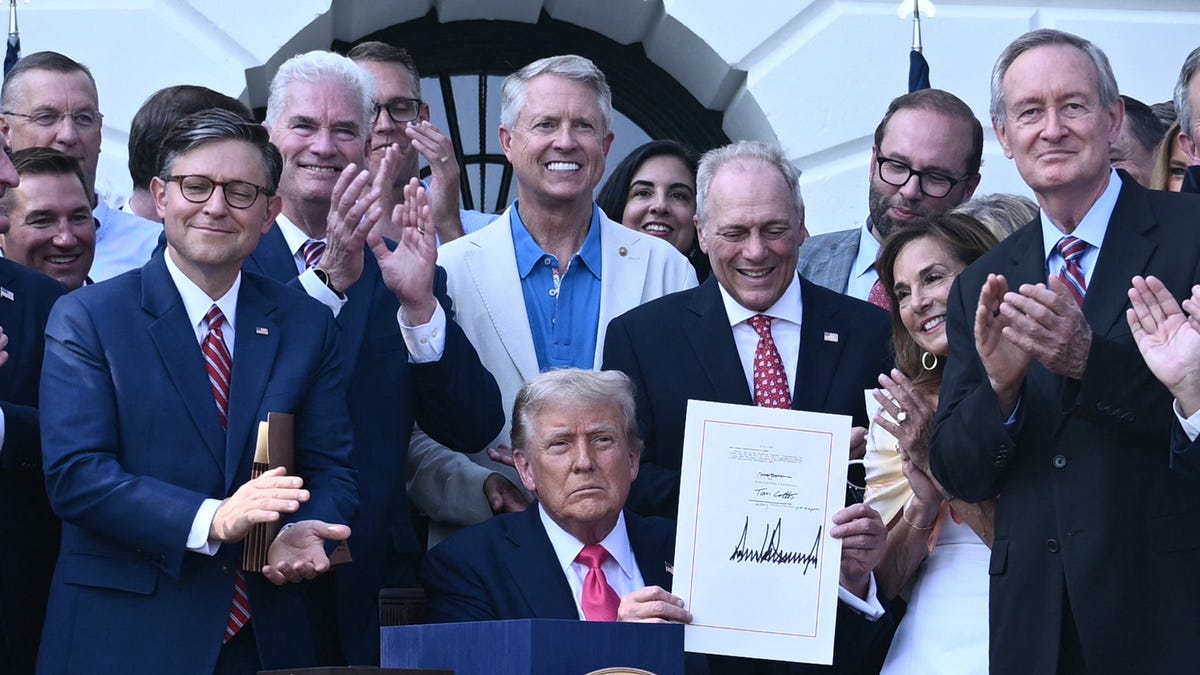
 Iowa1 week ago
Iowa1 week ago8 ways Trump’s ‘Big, Beautiful Bill’ will affect Iowans, from rural hospitals to biofuels
-
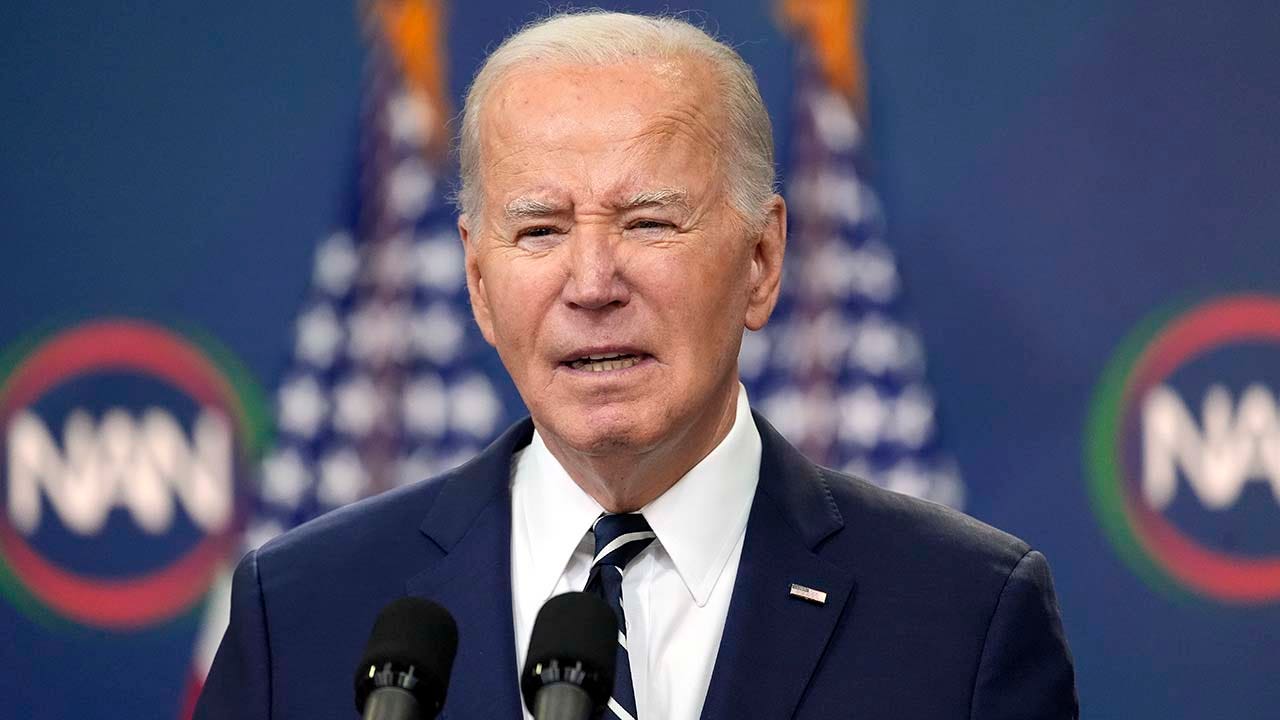
 Politics1 week ago
Politics1 week agoConstitutional scholar uses Biden autopen to flip Dems’ ‘democracy’ script against them: ‘Scandal’
-

 Movie Reviews1 week ago
Movie Reviews1 week agoMovie Review: SUPERMAN
-
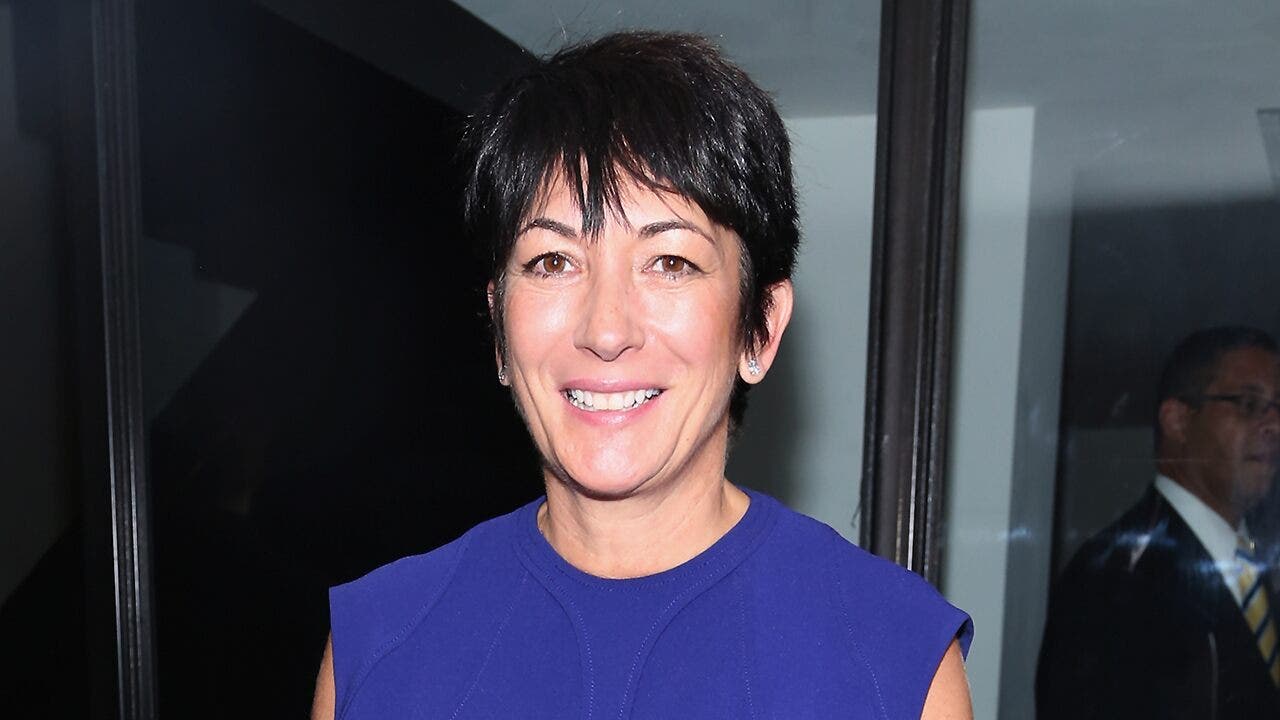
 Politics1 week ago
Politics1 week agoDOJ rejects Ghislaine Maxwell’s appeal in SCOTUS response
-

 Health1 week ago
Health1 week agoNew weekly injection for Parkinson's could replace daily pill for millions, study suggests
-

 Culture1 week ago
Culture1 week agoTest Your Knowledge of French Novels Made Into Musicals and Movies
-
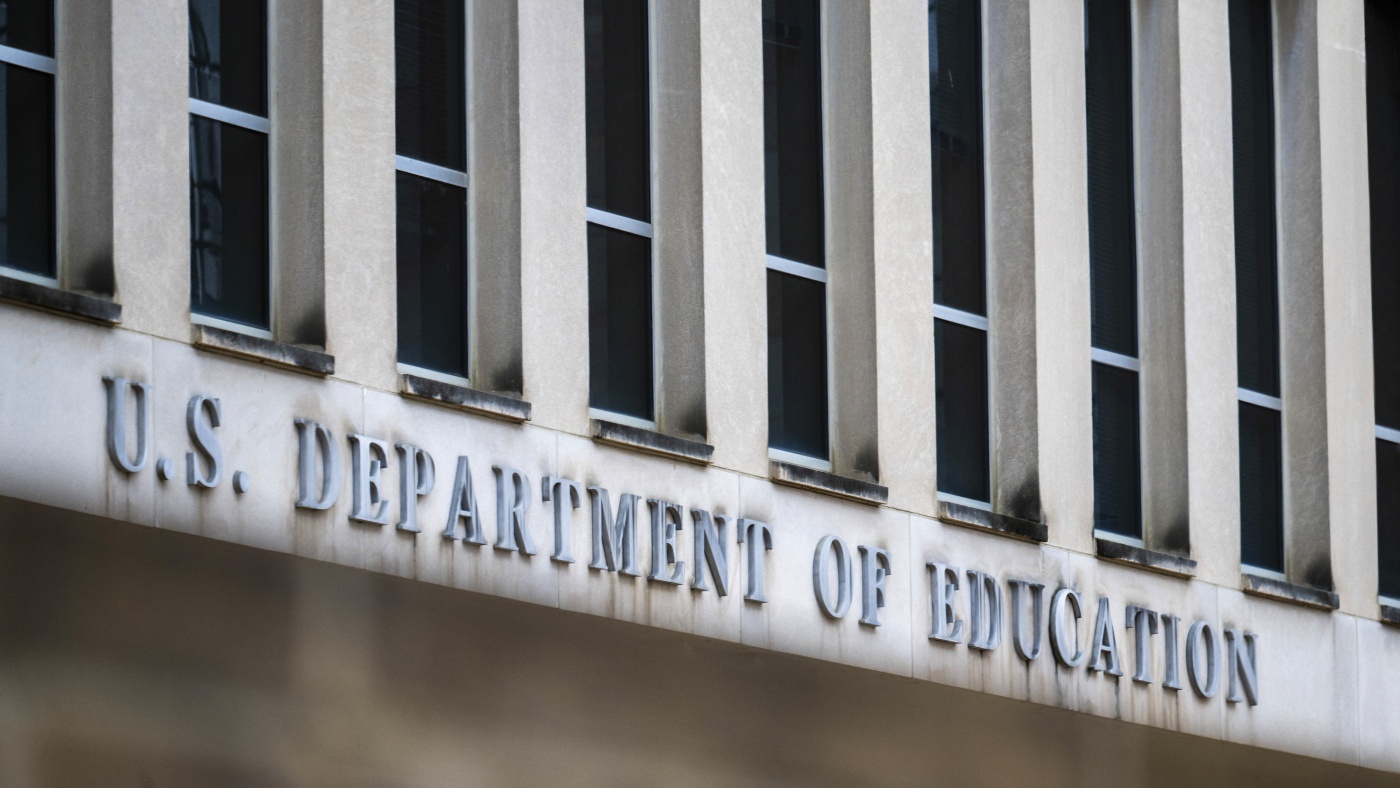
 News1 week ago
News1 week agoSCOTUS allows dismantling of Education Dept. And, Trump threatens Russia with tariffs







